PLEASE WATCH VIDEO FOR IN DEPTH ANALYSIS:
Before starting it is important to note that these principles are to be applied to major, minor, diminished and augmented: In this overview we will use “Major”only.
PART 1: Triadic
First we will take a simple C major root position triad. We can move DOWN a 1/2 step or UP a half step from the last note to connect the next triad:

Predictable Example:
Here we can see that just adding another root position triad creates a non random and predictable sound.

Correct Approach Example:
Here we create freshness by employing “Inversion” and “Displaced Permutations”.
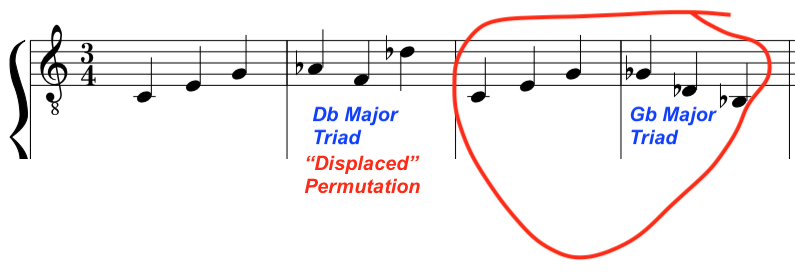
What are Displaced Permutations?
This means that we change the order of the notes. In this case although they are both in root position the order of the notes has been changed in the second triad. Hence this moves away from a more traditional sound/approach.

Also, because the last note is the 3rd of C Major it is considered a 1st Inversion:
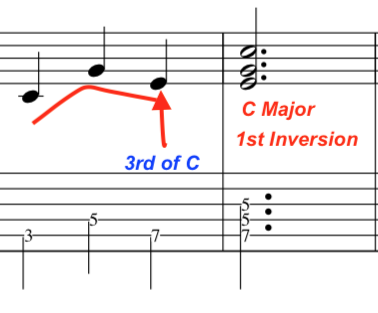
Now lets add another triad to this:
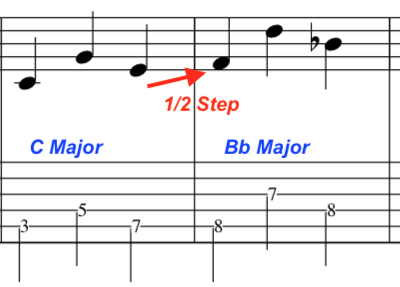
Predictable “Improper” application:
Below is an example of predictable repeated connections/patterns:
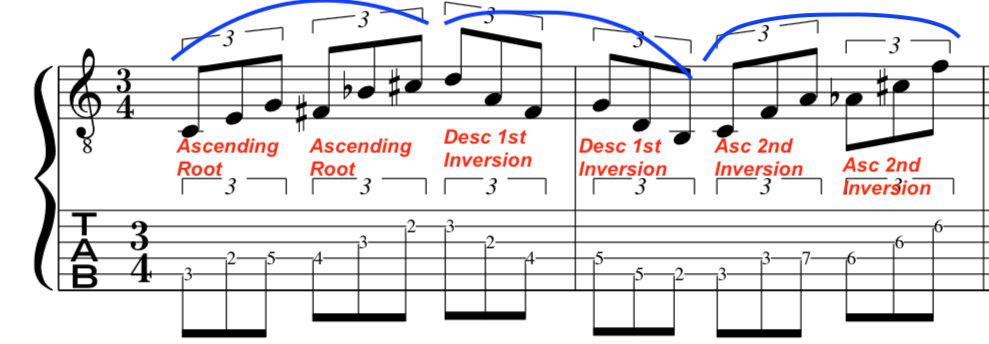
Correct Application Example:
Here we have an imaginative less predictable and more random sounding line.

PART 2: A Chromatic Approach:
Within the interval of a Major 3rd there are five 1/2 steps. [We will use C to E as an example]
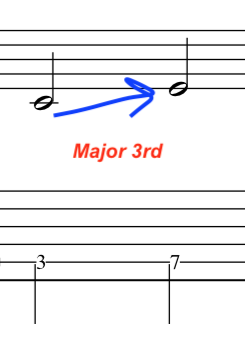
These five 1/2 steps cannot be used in a consecutive manner and must stay within the interval of a major 3rd.
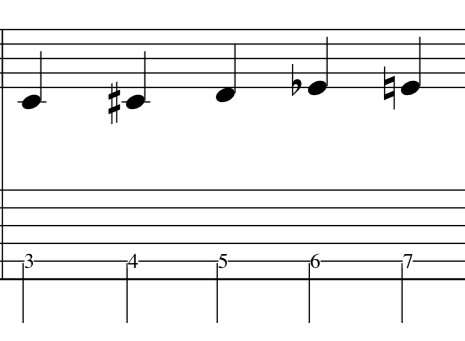
RANDOM Chromatic Method: EXAMPLES
Here are some example of how this works
Example:1
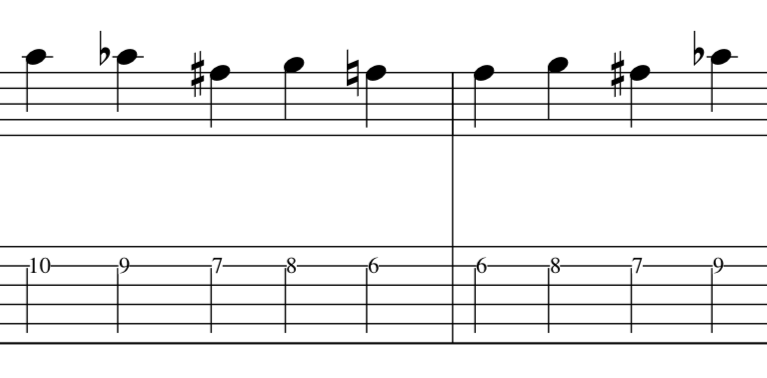
Example 2:
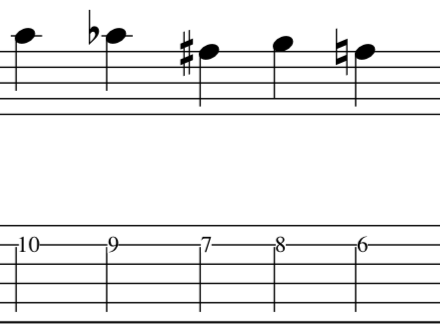
Example: 3
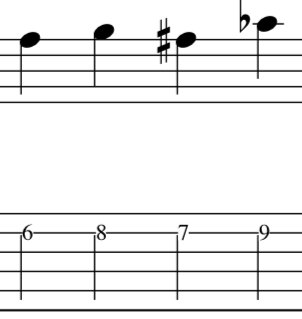
ii V7 I’s with applied Chromatic Approach:
Here are two examples where the George Garzone approach is applied
Example 1
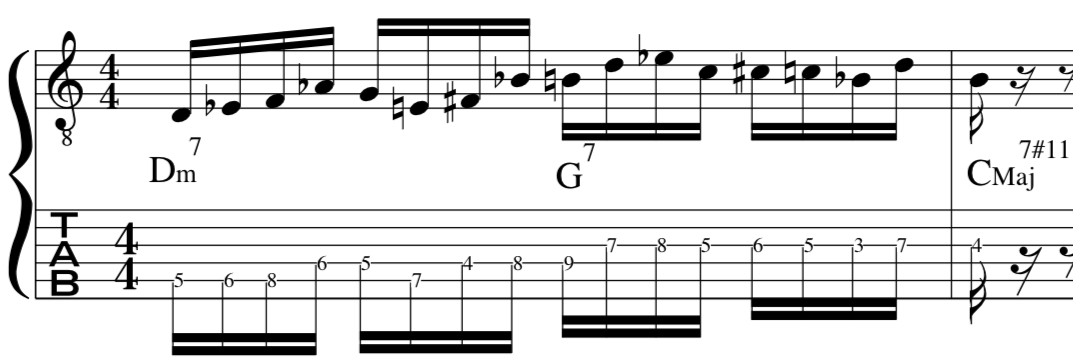
Example 2
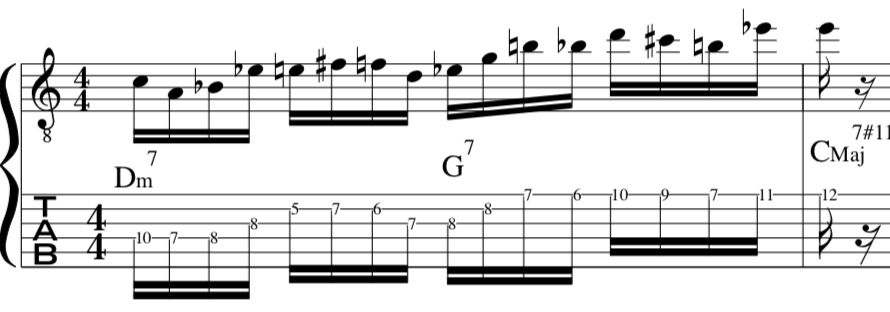
PART 3:
Finally, here are a few ideas with the principles applied to harmony:
Idea 1

Idea 2

Idea 3
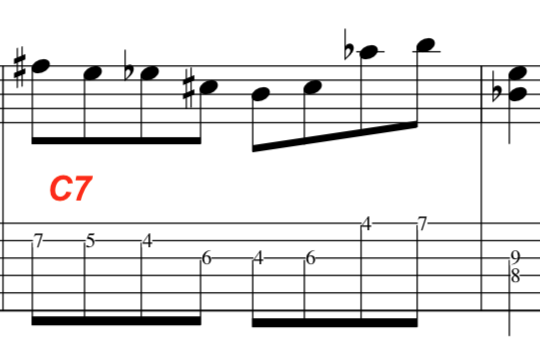
IF THIS LESSON WAS OF USE TO YOU THEN PLEASE SUBSCRIBE TO US BELOW ON YOUTUBE, THANKS!

